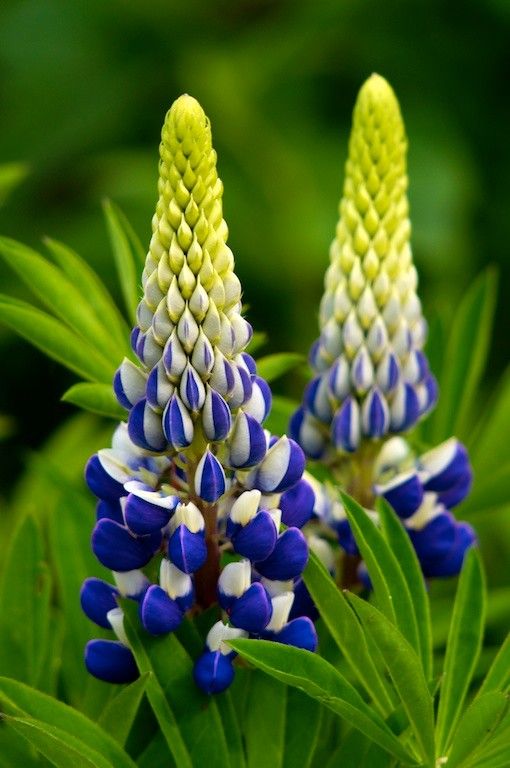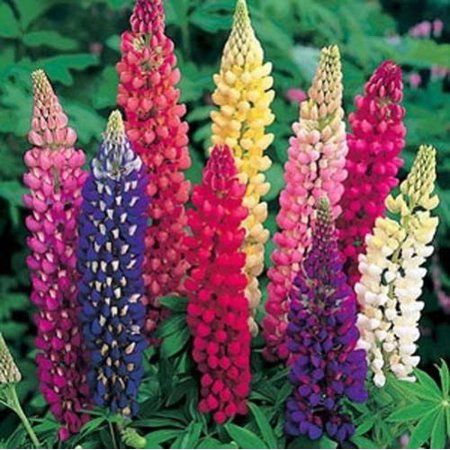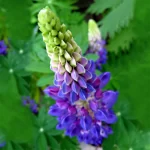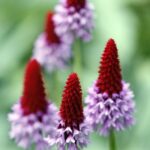If you’re looking for a showy summer flowering perennial that will stand out from the crowd, the lupine is a sure front-runner. The tall, lush towers of colorful flowers are like floral traffic cones, forcing you to slow down and pay attention. In addition to their compelling beauty, lupins are also prized for their ability to thrive in challenging environments, including sandy, nutrient-poor soils, high elevations, and areas with cool summers.“Just being able to grow lupins would be reason enough to move to a cool summer climate,” says Larry Hodgson, author of Perennials for Every Purpose. “Not only do lupins thrive, they seed themselves with a vengeance.” There are also many strains that can be grown outside of their comfort zone as an annual.

Lupins can be grown from seed, dormant bare root plants, or potted plants, but seeds are easier to find and offer the widest range of cultivars. Be careful when purchasing nursery plants, as lupins have fast-growing taproots that can become constricted if the plants are left in their containers for too long.
Floor:Lupins love loose, sandy soil because it doesn’t hinder the growth of their deep taproots. In dense clay soils, loosen the soil by working in compost before planting. Lupins also like slightly acidic conditions. If your soil is too alkaline, you can lower the pH by adding a soil acidifier (sulphur).
When to plant:When planting lupins from seed, sow directly into the garden in late fall or early winter for flowering the following spring. You can also sow seeds in spring 4 to 6 weeks before your average last frost date, but your plants will flower later in the summer. Plant container plants in spring, after the threat of frost has passed.

Sowing:Lupine seeds have very hard outer shells that need to be softened before sowing. You can do this by soaking the seeds in warm water for a few hours, or by scoring them with sandpaper or a small file to allow them to absorb water. (See Growing perennials from seed.) Sow the seeds at a shallow depth of about ¼ inch under loose topsoil, keeping evenly moist until germinating. Seedlings will emerge 15 to 25 days after planting.
Planting from containers:Potted lupine plants are usually perennial varieties that you can put into the ground immediately in spring. Space the plants about 2 to 3 feet apart and loosen the soil deeply to accommodate the long taproots. If necessary, improve the planting hole with organic material to improve drainage.
























































